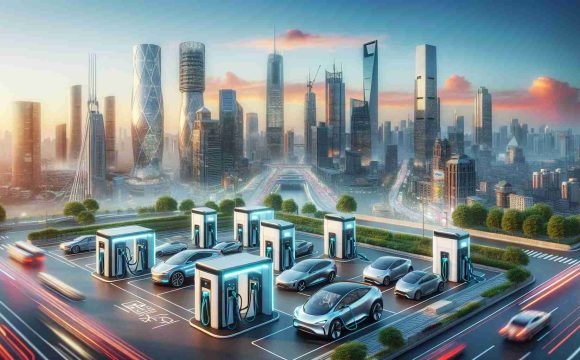Collaborative Efforts Needed to Revitalize the Energy Infrastructure
The American energy grid, now aging significantly, requires immediate attention to ensure its longevity and resilience against severe weather. Experts emphasize that collaboration among utility companies, government bodies, and private sectors is crucial to address the vulnerabilities in the current system.
As climate change intensifies, the grid faces increasing challenges that threaten its reliability. A comprehensive strategy is essential; stakeholders must work together to implement modern technologies and infrastructure upgrades. This proactive approach is vital to protect communities from frequent power outages and service disruptions.
Investment in renewable energy sources and innovative storage solutions is necessary to transition away from outdated systems. By harnessing wind, solar, and other sustainable resources, the grid can become more resilient and adaptable to unpredictable weather patterns.
Furthermore, enhancing communication and coordination among various agencies can lead to improved emergency response strategies when concerns arise. It’s critical to develop a multifunctional grid that not only serves current needs but also anticipates future demands.
As the energy landscape evolves, a united front is essential for constructing a sturdy, weather-resistant grid that safeguards the nation’s electricity supply. The time for action is now—before the lights go out for good.
Powering the Future: Strategies to Revitalize America’s Energy Grid
Overview of the Energy Crisis
The American energy grid is under significant strain due to its aging infrastructure and the increasing severity of climate change effects. Experts are calling for immediate collaborative efforts among utility companies, government entities, and private stakeholders to address inherent vulnerabilities that today’s energy grid faces.
The Importance of Collaboration
Collaborative strategies play a crucial role in revitalizing the energy infrastructure. By establishing a partnership across different sectors, stakeholders can effectively implement comprehensive solutions aimed at modernizing the grid. This includes sharing resources, technology, and information critical to anticipating and addressing failures before they escalate into larger issues.
Key Innovations and Technologies
Renewable Energy Integration
Investment in renewable energy sources is vital. Transitioning to wind, solar, and hydroelectric power can enhance the grid’s resilience and reliability. Integrating these resources with effective energy storage solutions can ensure that power generation aligns with demand, particularly during peak usage times.
Smart Grid Technologies
The adoption of smart grid technologies—like advanced metering infrastructure (AMI) and automated distribution systems—can significantly improve the efficiency and reliability of energy delivery. These technologies enable better monitoring and management of electricity flow, reducing the risk of outages.
Pros and Cons of Grid Modernization
Pros:
– Enhanced Reliability: Improved infrastructure can mitigate the risks of outages and disruptions.
– Increased Efficiency: Smart technologies can optimize energy distribution and consumption.
– Sustainability: A modern grid supports the integration of renewables, contributing to lower carbon emissions.
Cons:
– High Initial Costs: Upgrading the grid requires substantial investment upfront.
– Regulatory Hurdles: Navigating regulations can slow down the implementation of new technologies.
– Cybersecurity Risks: Increasing connectivity can expose the grid to cyber threats if not adequately secured.
Trends and Market Insights
As the demand for energy continues to grow, the need for a reliable and resilient grid becomes more pressing. The market is witnessing a shift toward decentralized energy systems, allowing communities and businesses to produce their own electricity, primarily from renewable sources. This trend supports energy independence and reduces reliance on the traditional grid.
Future Predictions
Experts predict that by 2030, significant advancements in battery storage technology will enable larger-scale adoption of renewables, ultimately leading to a more distributed and efficient energy landscape. By fostering a culture of innovation and investment, stakeholders can better prepare for future energy demands and climate challenges.
Conclusion: The Call to Action
The urgency for action to improve America’s energy grid is apparent. A multi-faceted approach involving collaboration, investment in new technologies, and a commitment to sustainability is essential to ensure the grid’s longevity and resilience. If authorities and stakeholders act decisively, they can avert a future scenario where power outages become the norm.
For more on sustainable energy solutions, visit energy.gov.







